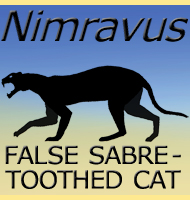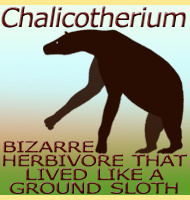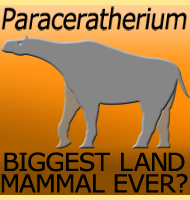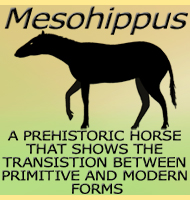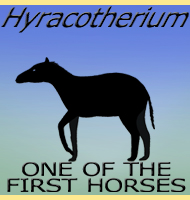


Dinictis
Name: Dinictis
(Terrible cat).
Phonetic: Die-nik-tiss.
Named By: Joseph Leidy - 1854.
Classification: Chordata, Mammalia, Carnivora,
Nimravidae, Nimravinae.
Species: D. felina (type),
D.
cyclops, D. priseus, D. sqaulidens.
Diet: Carnivore.
Size: Around 1.1 meters long.
Known locations: North America.
Time period: Rupelian to Chattian of the Oligocene,
possibly into the Aquitanian of the Miocene.
Fossil representation: Several specimens.
As
a nimravid,
Dinictis looked and hunted like a
cat, yet it hunted
across North America during a much earlier period before the emergence
of true cats, hence the reason why the label of ‘false
sabre-toothed cat’ is often applied to Dinictis
as well as the other
nimravids. One key difference is the construction of the auditory
bulla in the skull, however even a living Dinictis
would still look
different to a true cat since it was almost certainly plantigrade.
This means that Dinictis walked with the foot
bones flat against the
ground whereas the later and more advanced felids (true cats) walk
on only their toes, a term called digitigrade.
Although
the upper canine teeth of Dinictis were no way near
as large as those
of some of its relatives such as Eusmilus
and Hoplophoneus,
they do
look to be more robust. Whereas the larger toothed nimravids had
laterally compressed teeth (wide when viewed from the side but
thin from the front) for slicing deep into softer fleshy areas, the
upper canine teeth of Dinictis where rounder and
hence thicker which
meant that they were not as susceptible to breakage. This suggests
that Dinictis had a greater reliance upon its teeth
for physically
holding onto prey while it was still struggling, while larger and
more specialised forms like Eusmilus would have
probably had to
physically restrain their prey before attempting a bite. It is also
quite possible that the shorter but stronger canines were used for
delivering a puncturing bite to a hard area like the cranium to try and
cause a fatal brain injury, or perhaps the back of the neck where the
teeth might have been able to wedge between the cervical vertebrae to
sever the spinal cord.
The
body proportions of Dinictis strongly suggest that
it would have been
an ambush hunter that lurked within the undergrowth rather than an open
ground pursuit predator. This behaviour is actually very intelligent
in its simplicity since most of the herbivorous mammals of the time
would have been browsers of vegetation and would have inevitably had to
put themselves in danger of being attacked by ambush predators like
Dinictis in order to feed.
Further reading
- Taxonomic and systematic
revisions to the North American Nimravidae (Mammalia, Carnivora). -
PeerJ. 4: e1658. - P. Z. Barrett - 2016.
Random favourites
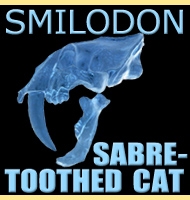 |
 |
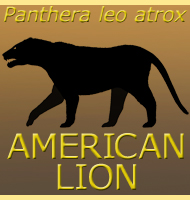 |
 |
